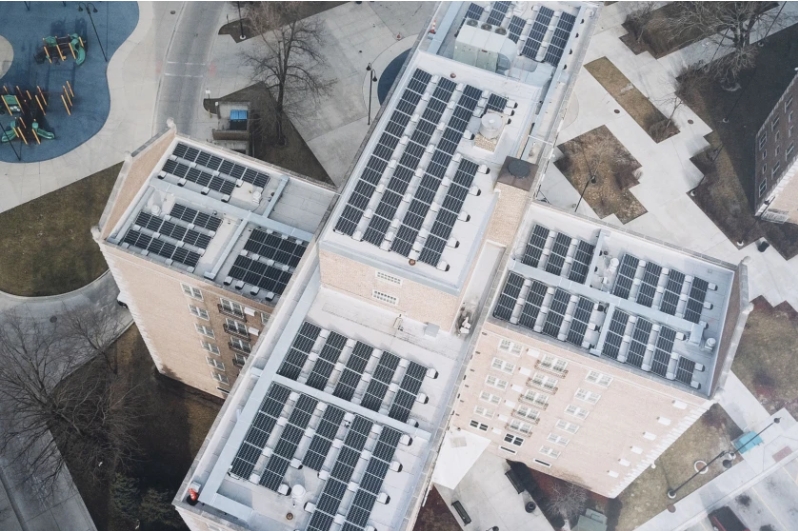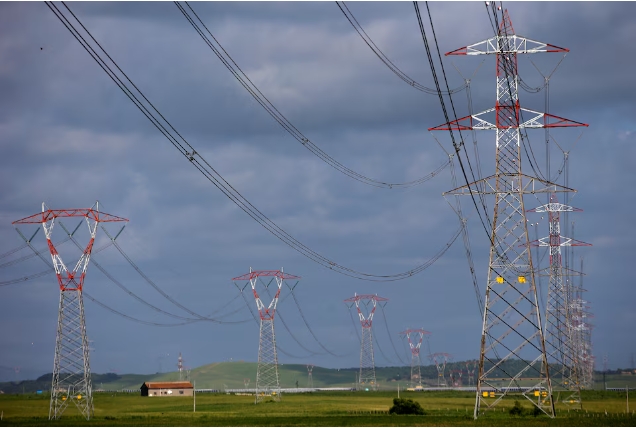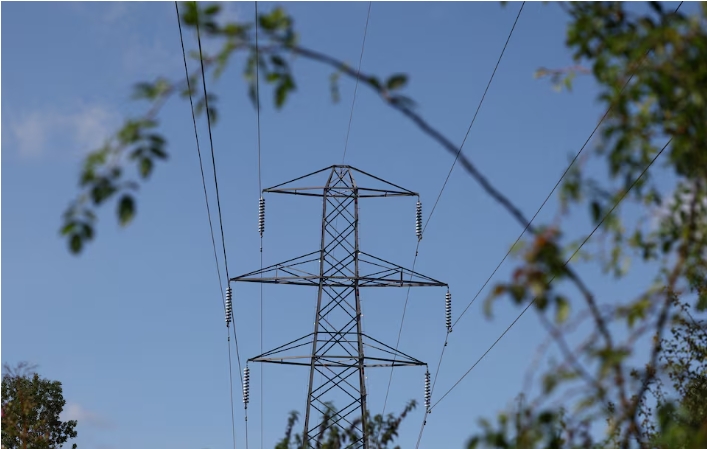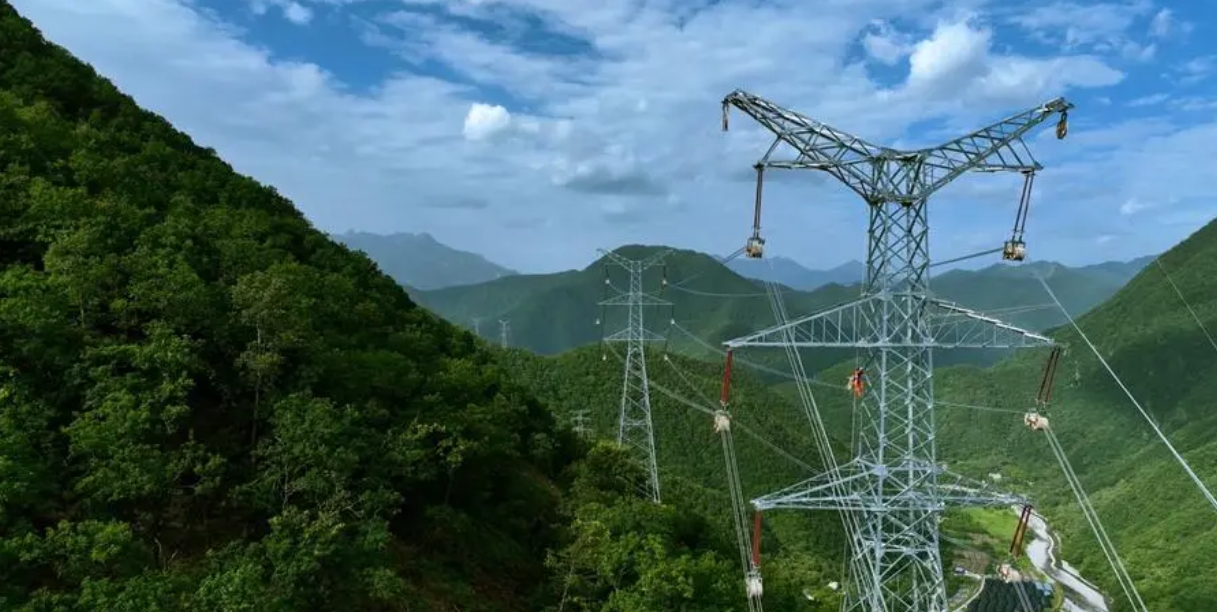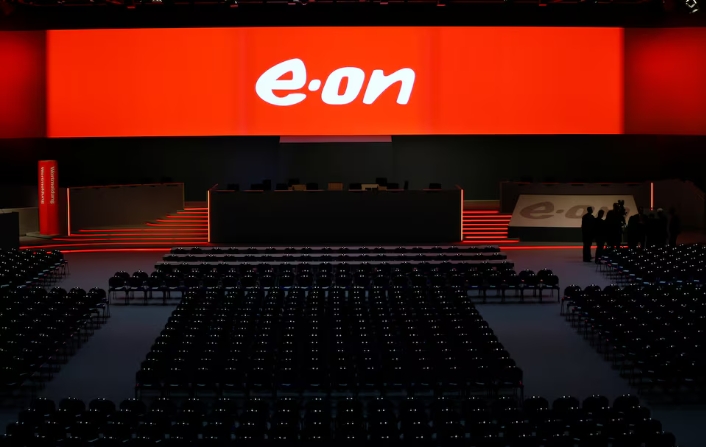The $4 million Elk Neck project includes 0.55 MW of behind-the-meter (BTM) battery storage that can deliver 2.2 MWh before needing to be recharged. The project grew out of a request for proposals that drew five offers.
Under the project, San Francisco-based Sunverge will install Sunverge Infinity + LG Electronics 5 kW/19.6 kWh energy storage systems at 110 residential customer homes on an isolated community on the Chesapeake Bay that faces reliability issues.
Sunverge will use a cloud-based dynamic distributed generation aggregation and control platform to aggregate the installed batteries as a VPP, according to an application for the project at the Maryland Public Service Commission.
The platform will allow Delmarva Power to control and manage the batteries for peak shaving, grid support and potentially to participate in the wholesale market.
Platform acts as nanogrid controller
“In effect, the platform will act as a ‘nanogrid’ controller for the installed residential batteries for Delmarva Power,” the application said.
The project could lay the groundwork for an evolving grid in Maryland, according to the utilities.
“The increasing use of solar photovoltaic arrays combined with declining battery prices underscores the importance of the Elk Neck project to Maryland policymakers, residential electricity consumers, and electricity suppliers,” the utilities said. “The use of BTM batteries will increase as prices decline and photovoltaics penetration expands.”

VPPs will be a key tool in helping utilities shift away from a centralized power plant model towards a distributed system using clean energy resources, according to Martin Milani, Sunverge CEO.
“At the end of the day, for utilities to have more upstream renewables, you need a lot more system flexibility,” Milani said, noting that scores of utilities, states and cities have set zero-carbon goals that ramp up over the next few decades.
VPPs can provide increased grid flexibility through peak shaving and shifting, demand response, frequency regulation, voltage support and other services, Milani said.
The Elk Neck VPP-nanogrid project is one of six energy storage pilot projects in Maryland proposed by Delmarva Power, Baltimore Gas and Electric and Potomac Electric Power, Exelon utilities.
The projects were required by the Maryland Energy Storage Pilot Project Act, which was signed into law a year ago. The projects are set to be operating by March 2022. The utilities asked the commission to approve the projects by September 1 to meet the online target.
Combined, the energy storage projects total 7 MW and 23.5 MWh.
VPP to provide five key benefits
The Exelon utilities told the commission that the Elk Neck project will provide five key benefits, including reliability support for individual residences. It will also help the utilities better understand aggregated residential behind-the-meter storage VPP projects while developing potential PJM market opportunities for VPP projects. And it will enable the utilities to study the practicalities of using behind-the-meter residential batteries and their ability to help accommodate growing amounts of distributed generation on the utility systems.
The energy storage will provide aggregated peak shaving capability to Delmarva Power during high load periods as well as load reduction/load injection capability during emergency grid conditions in the Elk Neck area. The aggregated batteries can also offer voltage or volt-ampere reactive support to the grid.
Participating customers will benefit from the project by having backup power for essential loads during grid outages as well as being able to store electricity from photovoltaic arrays and reducing electricity use during Peak Energy Savings Credit events, a residential dynamic pricing program, according to the utilities. Customers can also use the batteries to take better advantage of time-of-use rates.
Delmarva Power and Sunverge plan to work with the PJM Interconnection to determine if a VPP energy storage model can be developed to participate in the grid operator’s wholesale market to derive a wholesale electricity market revenue stream.
At the end of the 10-year contract, participating customers will own the batteries, which have a 15-year expected life.
The Exelon utilities estimated the project would produce $2 million in benefits over 15 years, mainly from regulation services and peak load reduction.
